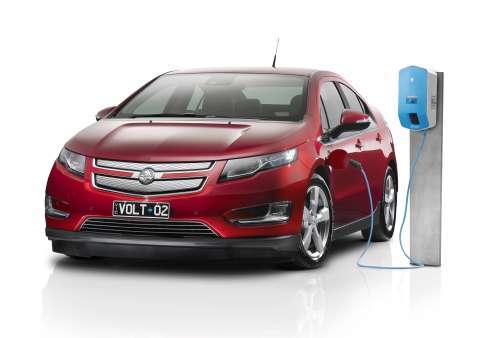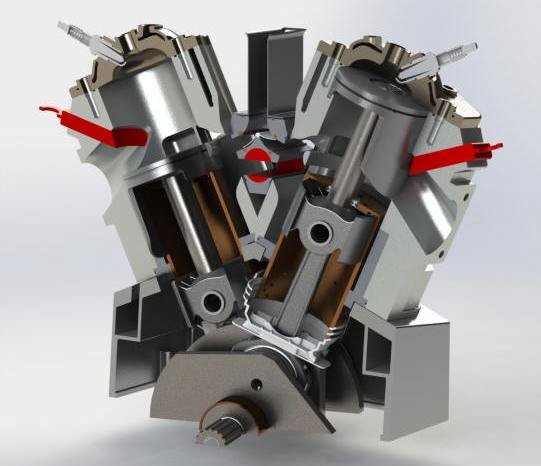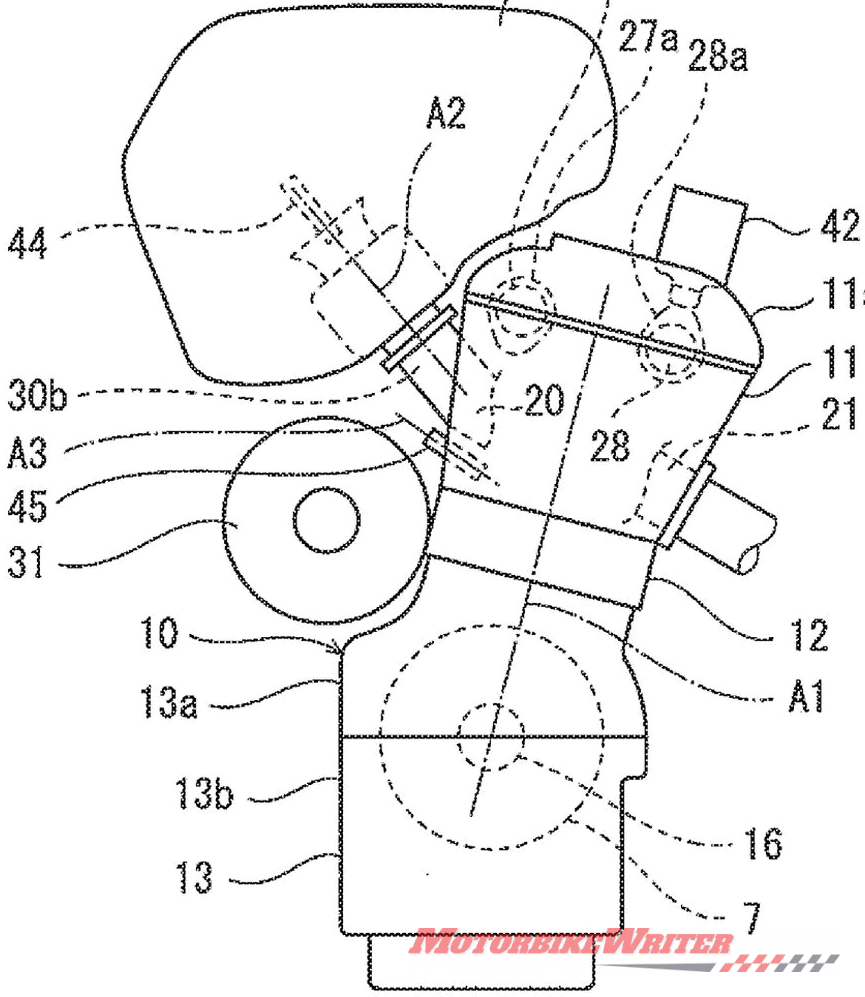Kawasaki has plans to develop a range-extender hybrid with a supercharged two-stroke, four-cylinder engine charging a battery that powers an electric motor driving the rear wheel.
It seems like a clever idea.
They call it a range-extender hybrid because the fossil-fuel engine doesn’t directly drive the vehicle.
It’s not an original idea, though. The cheap Chevrolet Volt and expensive Fisker Karma had similar arrangements.

However the Volt has been discontinued and Fisker has gone broke, so it seems to suggest it was not a popular concept.
Supercharged two-stroke
Kawasaki has filed a patent in the Japanese Patent Office for a slightly different take on the range-extender hybrid with a supercharged two-stroke engine.
Two-stroke engines are very fuel efficient and powerful, but have largely been discontinued around the world because of their high emissions.
There remain only a few esoteric low-volume and expensive two-stroke motorcycles available and an Australian inventor believes there is a lot of scope left in two-strokes with his invention.

Kawasaki’s two-stroke cycle does not have the usual port-transfer system, but is similar to the highly efficient supercharged two-stroke diesels used on ships.
Instead of ports in the cylinder walls, it features poppet valves like a four-stroke, with double overhead camshafts. However, the cycle is two-stroke with forced injection and exhaust.
Kawasaki claims it burns cleaner because no unburnt duel escapes into the exhaust.
Given the fuel efficiency and the power such an arrangement could generate, you wouldn’t need a big engine to simply charge the battery.
It also suggests that range from the battery could be quite substantial.
And you wouldn’t need to sit around for hours charging the battery again.
When you run out of fuel, the battery would have enough charge left to get you to a servo where you could fill up wth fuel and get going again in minutes!
Another advantage would be for those stroker fans who love the sound of the high-pitched engines.


